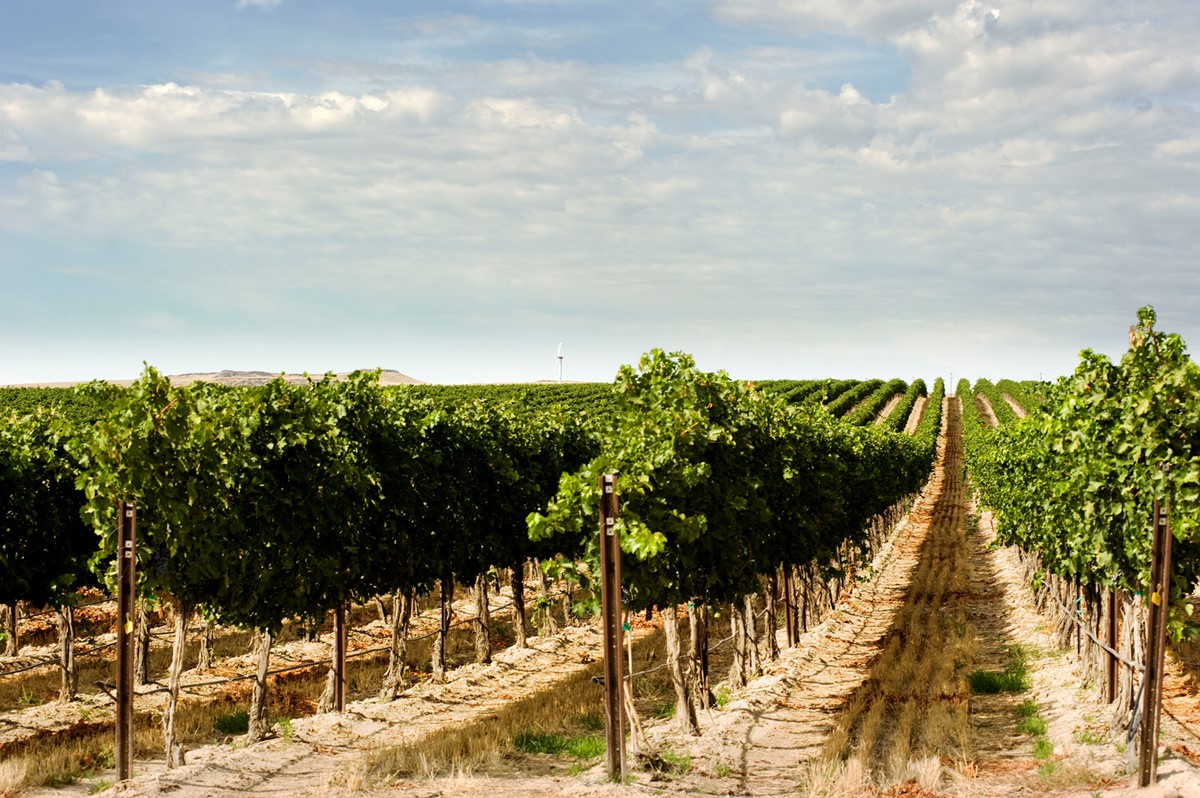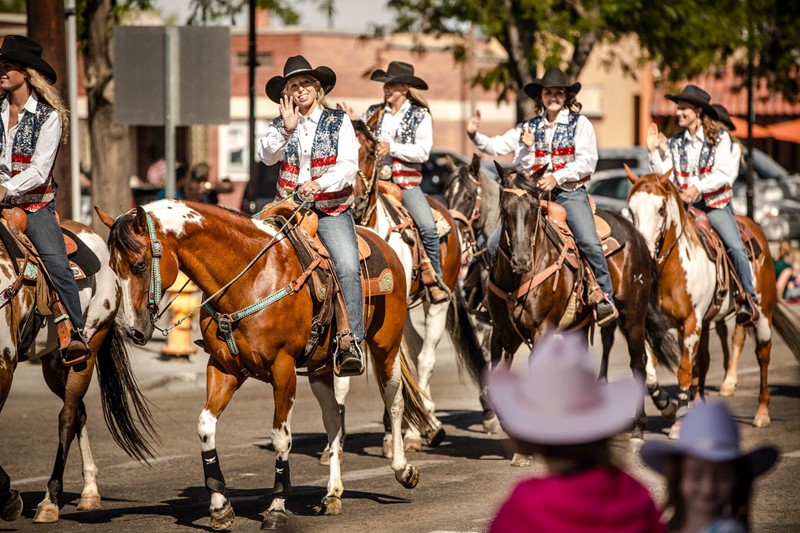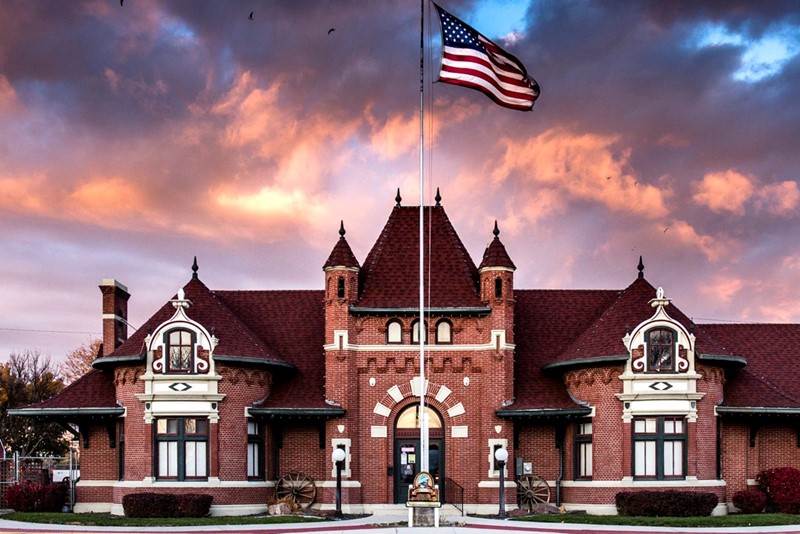In 1883, the landscape of what would become Canyon County was changed forever when the Oregon short line railway (a subsidiary of the Union Pacific) made its way from Granger, Wyoming, to Huntington, Oregon. The sagebrush-covered ground was cleared and leveled so tracks could be laid providing an opportunity for safer travel to emigrants from the East. Towns sprung up about every 10 to 15 miles along the tracks – Nampa is one such town.
No one knows for sure where the name “Nampa” came from, but as the railroad was built through Idaho, unusual names were given to some of the stations. Many of these names were believed to be of Native American origin.
In 1885, Alexander and Hannah Duffes (with the encouragement of James McGee) homesteaded on 160 acres of land east of Caldwell to create a town. In 1886, Duffes and McGee formed the Nampa Land and Improvement Company and divided the property into lots. Duffes was a religious man and dreamed of a town with no saloon. As such, he refused to sell lots to anyone who intended to build a saloon. Consequently people began referring to the town of Nampa as “New Jerusalem.” Interestingly, 21 years later, the Duffes home was moved and a brewery was built in its place.

Development
The promise of irrigation brought many emigrants to homestead in the land surrounding Nampa. In 1890, the Phyllis Canal brought irrigation water to Nampa and surrounding areas. In 1891, the extension of the Ridenbaugh Canal was completed. With the completion of these canals, an estimated 150,000 to 300,000 acres of farmland adjacent to Nampa could be cleared of sagebrush and cultivated.
On April 17, 1891, a municipal government was formed and the town of Nampa incorporated. By 1900, Nampa had a population of about 800.
Water is an essential commodity in the high desert. In 1909, the Bureau of Reclamation created a water storage site for Canyon County farmers. This site, the Deer Flat Reservoir, would bring water to approximately 2,900 farms by 1910. The Deer Flat Reservoir continues to serve Canyon County farmers today.


Railroad
By 1900, 10 passenger trains a day were coming through Nampa. It was at this time promoter and wealthy mining man, Colonel W.H. Dewey, became interested in Nampa. He built the Boise, Nampa and Owyhee railroad from Nampa to Murphy, Idaho. Dewey also promoted another railroad that was built from Nampa to Emmett and eventually to Lakeport, now McCall, Idaho.
With Nampa the junction for four railroads, Dewey decided an elegant hotel was needed in the area. So in 1902, Dewey built the Dewey Palace Hotel. At that time, the Dewey Palace Hotel was considered one of the finest hotels in the West.
With so much passenger train traffic, Nampa needed a larger train station. In September of 1903, a new passenger station was completed. This train station now houses the Canyon County Historical Society Museum on 1200 Front St. in Nampa.
Downtown Fire
On July 3, 1909, the entire downtown Nampa block between 12th and 13th avenues and First and Front Streets was destroyed when a firecracker exploded in a wooden frame cigar store. This fire forced the residents of Nampa to rebuild a large part of the downtown area.
The Snake River Stampede
In 1908, a group of Christian women organized a street fair. This street fair led to a popular annual event called the “Harvest Festival” where local farmers brought their fruits, vegetables, poultry and other goods to sell in downtown Nampa. In 1913, a bronco booking contest was added.
Over the years, the Harvest Festival faded away, but the rodeo portion of the festival, the Snake River Stampede, has continued to this day. Now, the Snake River Stampede is one of the top 10 rodeos in the pro-rodeo circuits. The Harvest Festival was revived in 2015 for the 100th anniversary of the Stampede.
Nampa Today
Agriculture has been and remains a key element of Nampa’s economy. Because of cultivation, agricultural businesses have grown in Nampa. Currently Nampa is the home of the Amalgamated Sugar Factory, the Sorrento Lactalis cheese factory and many others.
Although passenger train service was discontinued in Idaho in 1997 due to lack of funding and use, Nampa continues to be an important part of the Union Pacific mainline operations both now and in the foreseeable future.
